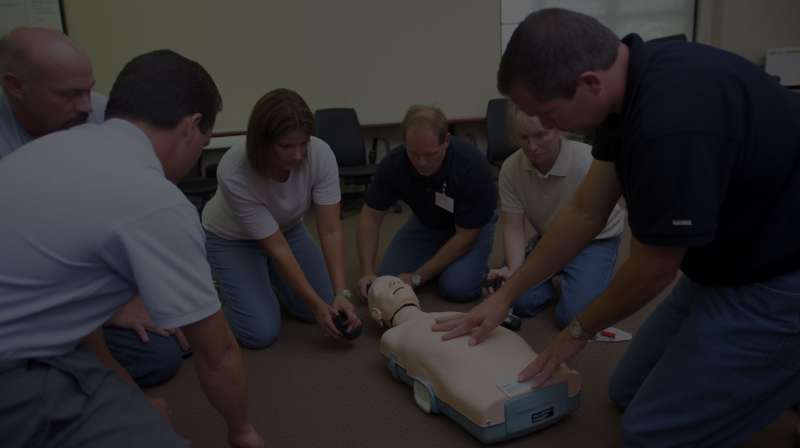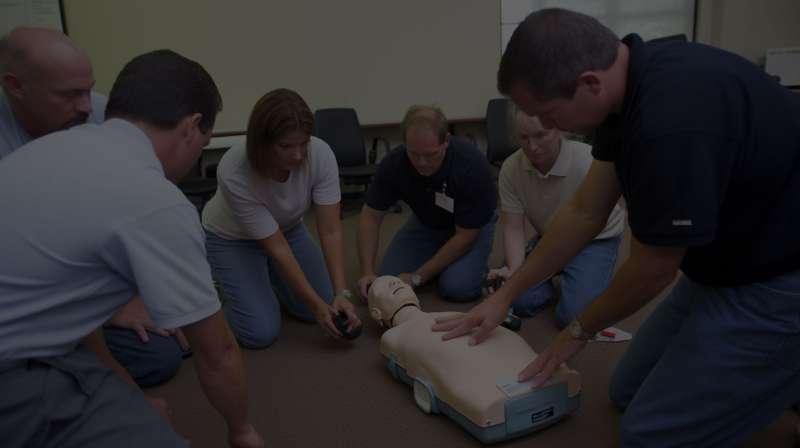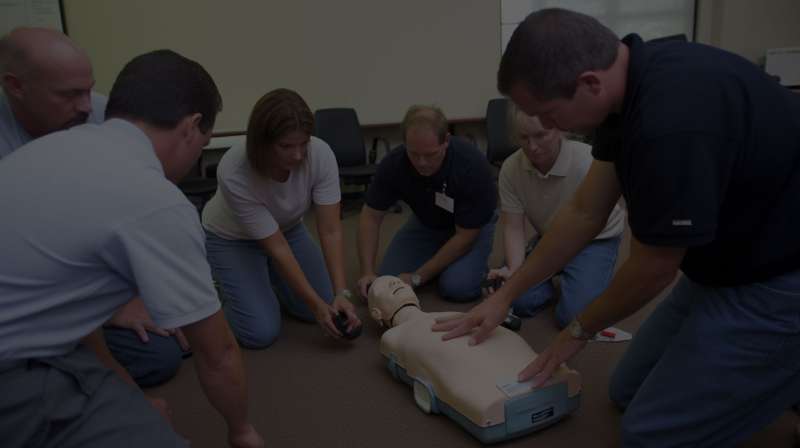CPR is relatively easy to perform, but it is difficult to sustain for long periods of time. The simple instructions below do not substitute practicing cardiopulmonary resuscitation on a CPR manikin, but these basic steps should bring you up to date with current guidelines and improve your confidence.
These guidelines are based on the AHA's CPR 2011 current recommendations on first aid CPR for adult, child, and infant, within the Americas and Asia Pacific regions. These advisory notes are produced in accordance with the AHA, ERC, and ARC, as part of ongoing research by the International Liaison Committee on Resuscitation (ILCOR).
Studies have shown the importance of providing fast and effective chest compressions as a critical aspect in treating a patient who has suffered cardiac arrest. Most practices, such as the compression to ventilation ratio of 30:2, have not changed. Compression-only CPR continues as a recommendation for untrained individuals, but the recommendation remains for the trained lay rescuer to perform chest compressions combined with ventilations.




Share on social media